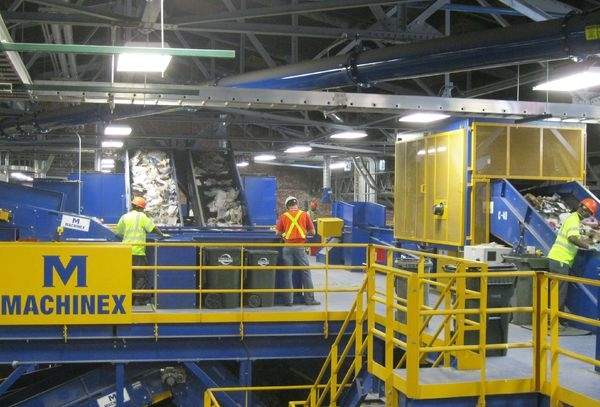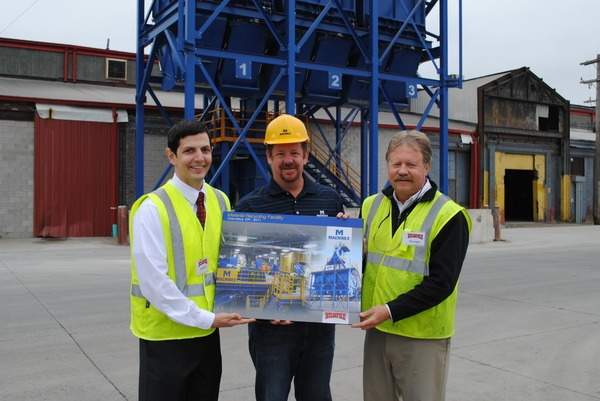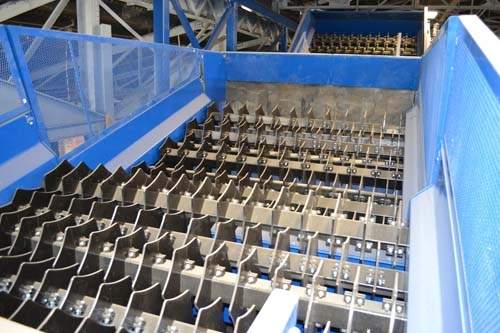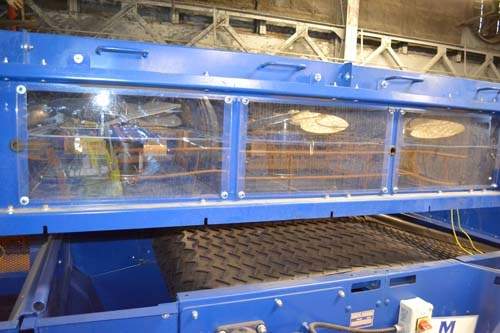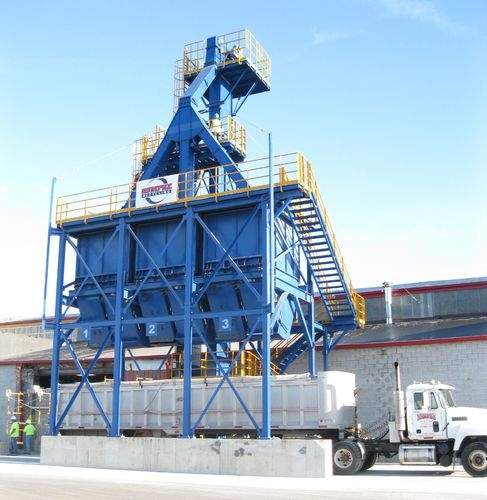Rumpke Recycling has been operating its 68,000ft² Columbus, Ohio, material recovery facility since 1992. The facility uses single stream recycling to sort dry recyclables including newspapers, paper bags, paperboard, plastic bottles, glass bottles and aluminium cans.
In 2009, Rumpke launched a $15m two-phase renovation programme to upgrade and install modern equipment at the facility. Phase one of the renovation programme opened in August 2011. The expansion project is expected to be completed by the end of 2012.
The MRF receives material from Greater Columbus and other locations including Chillicothe, Circleville, Ironton, Mansfield and Mt. Vernon. In 2012, the facility is expected to process 95,000-100,000t of recyclables.
Expansion of the recycling complex
Site improvements, such as construction of a new pavement, on-site fuel stations,and installation of lighting equipment formed part of the initial works. Scales used to weigh trucks unloading recyclables were relocated. A part of the facility was demolished and replaced by a 28,000ft² section.
The upgrade project was undertaken to reduce the facility’s reliance on manual sorting. Before the upgrade project, the facility was able to process 30,000lb/h of material. It is now capable of handling 60,000lb/h of material.
Equipment installed at the Columbus material recovery facility
The facility was upgraded with the installation of new equipment supplied by Machinex. It includes two processing lines – one line to process single stream material and another commercial line to feed the baler. More than 2,530ft of conveyor belts run through the facility.
The container line includes eddy current separators, disc screeners, glass clean-up systems, flat fractions separators and sorting units. Five new optical scanners and overhead magnets were also installed to enable recyclables to be automatically sorted.
Rumpke added cartons and juice boxes to its list of acceptable materials for recycling. It added a dedicated scanner to separate the cartons. The state-of-the-art glass clean-up system at the facility include screens, trommels and air separation units.
A baling machine supplied by IPS Balers is also part of the facility. The machine compresses old corrugated containers into 30in x 60in bales weighing 1,400lb.
It also processes old newspapers at the rate of 20-22t/h. The bales produced by the machine are idle for transportation and reduce transportation costs for Rumpke.
Process used at Rumpke’s Ohio recycling facility
Recyclables arriving at the facility are unloaded onto a tipping floor from where they pass through the drum feeder. Compacted recyclables are loosened by the drum feeder and passed onto the manual pre-sorting station.
Workers manually sort the recyclables and separate unwanted items. The workers are trained to identify items which cannot be recycled and remove them from the processing line. Any bags present are passed through a bag breaker system. Materials are then passed through several spinning discs which enable cardboard to float. They are then passed through a second sorting station where the cardboard and plastic bags are removed.
Materials then pass through another set of spinning disc screens, enabling paper to float and bottles, cans and glass to sink. Optical scanners are then used to separate plastic bottles, paper and cartons.
The material is then passed over a conveyor through a flat fraction separator. The fans of the separator spin in a reverse direction to attract any paper present, while the rest of the material remains on the conveyor. High power magnets then remove steel containers while bag vacuums remove plastic bags.
Recovered plastic, cans and paper are baled and transported to reprocessors. Each bale weighs nearly 1,500lb.
Glass bottles are directed towards an 80t glass silo where they are broken using scalping screen and fines screen. A series of screens separates the broken mixed glass. Air and mechanical separation removes impurities from the glass.
The recovered glass is sent to Rumpke’s glass processing plant in Dayton, Ohio. The glass is further processed at the Dayton facility and sold to fiberglass insulation and container glass companies.

